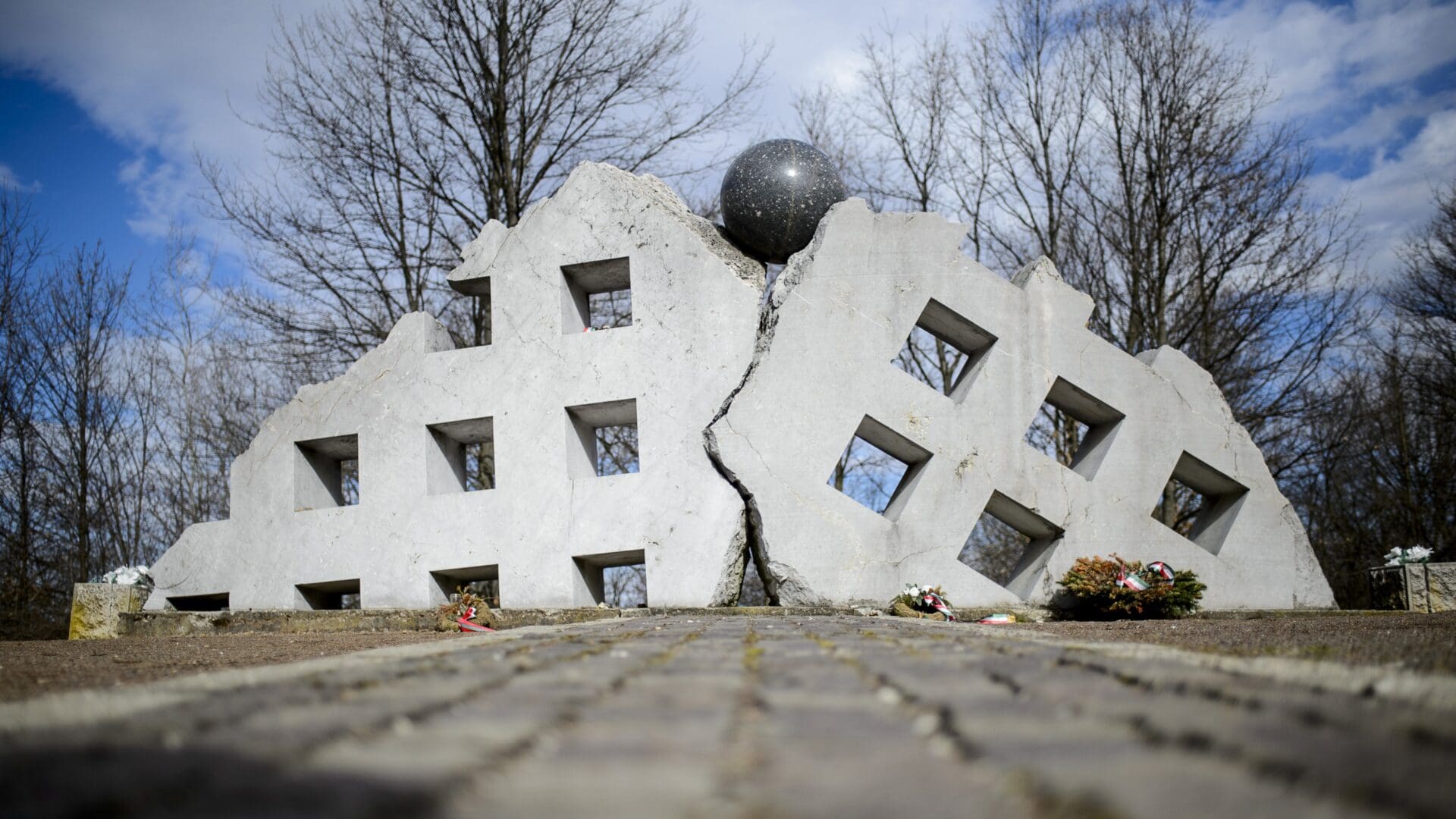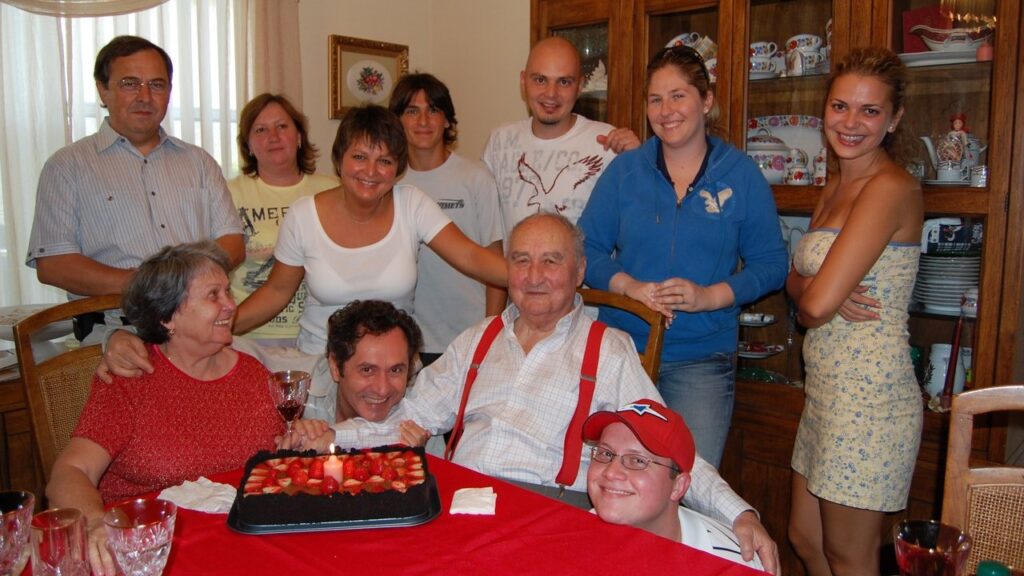The Hungarian Parliament proclaimed 25 February to be the Memorial Day for the Victims of Communism in 2000. With the decision, Hungary became the first Central European country to dedicate a day to the remembrance of the crimes of Communist totalitarian regimes. Today, we remember all who were victims of imprisonment, famines, ideological brainwashing, and torture under Communism. We commemorate all who suffered both physically and mentally, for their political beliefs, their group identity, and their faith.
The day, 25 February marks the abduction of member of parliament Béla Kovács (1908–1959). Béla Kovács was a Hungarian politician, the general secretary of the Independent Smallholders’ Party. He was famous for his courage to stand up against the increasingly authoritarian far left and inspired many to resist the Soviet-backed Communists. Although as an MP he had immunity, on 25 February 1947 he was kidnapped by the Soviet occupying authorities. His removal intimidated the democratic opponents of the regime and contributed to eliminating meaningful opposition to the occupying forces and their collaborators. It was also a major step on the road leading to the dismantling of the Independent Smallholders’ Party, the most popular party in post-war Hungary that had won the first (and, for a long time, the last) democratic parliamentary election in the country in 1945. The abduction of Béla Kovács therefore marked the beginning of the consolidation of a Communist authoritarian regime in Hungary.
Béla Kovács was charged with anti-Soviet espionage. He was kept in Hungarian and Austrian prisons until 1952, when he was transported to the Soviet Union and without a trial, he was sentenced to 25 years of coerced labour. He was released in April 1956, and played a role in the 1956 revolution as well, and served briefly as the minister of agriculture in the Imre Nagy government.
Kovács’s ordeal is a fate that was shared by hundreds of thousands of victims of Communism.
His unjust treatment, the infringement on his democratic rights, became the symbol of the human right violations of communist regimes in Central Europe. On the Memorial Day for the Victims of Communism, wreaths and candles are placed on his memorial which is located just a couple of minutes’ walk away from the Hungarian Parliament.
Globally, around 100 million people have become the victims of communism. In Central Europe alone, the death toll reaches 1 million. In Hungary between 1945 and 1950 60,000 Hungarians were prosecuted for their alleged crimes against the state socialist establishment. Around 86 thousand people (that is to say, every third person working in the public administration) lost their jobs for their political beliefs. 200 thousand Hungarian Germans were deported on the grounds that they were ‘collectively guilty’ of Nazism. An additional 60 thousand people labelled as class enemies were deported from Budapest and other large cities to the countryside as they were deemed a ‘political threat’. A further 42 thousand became victims of show trials under the so-called ‘Executioner Law’. As we described in an earlier article, marking the Remembrance Day of Hungarian Forced Labourers in the Soviet Union, hundreds of thousands of Hungarians were taken to the Soviet Union for coerced labour, one third of whom never returned, and those who did, were released only years after the end of the war. During the troubled last days of the World War II, Soviet soldiers approached Hungarian civilians and rounded them up, telling them they would be required to do a ‘little work’ (‘маленькая работа’ or as it is remembered in Hungary málenkij robot) for the Russian army. Instead of a ‘little work’ people were transported deep into the Soviet Union where they would work in prison camps for 10 to 12 hours a day in inhumane circumstances.
After the 1956 revolution, 35 thousand people were investigated for their involvement in the ‘counter-revolution’; while around three thousand people died, and 20 thousand people were injured during the fights. 180 thousand people fled the country after the revolution was defeated.
Reflecting on these numbers, contemporary Hungarian historian Ignác Romsics concluded that in Hungary there is not a single family that did not suffer—physically or mentally—under the Communist one-party system.







